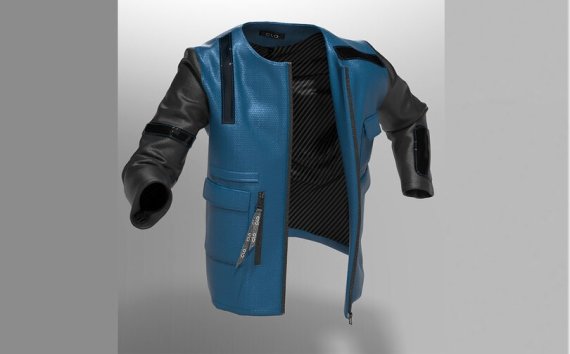
3D solutions like CLO can be used as a go-to asset and foundational building block to make this transition a reality. Whether you’re a vendor, technical designer, product developer or in merchandising, sales or marketing, it’s relatively easy for someone from each of these levels to leverage this technology.
There are a select few well-known and top-level benefits of adopting 3D design technology. While it can reduce the length of the design process and time to market, it also allows you to communicate with other departments in real time and improve the quality of the creative process. But the benefits extend beyond just these and can get much more granular.
Designers can start using CLO as early as the vendor or patternmaking stages depending on the region and whether one or more people take on both roles. Particularly in recent months, we’ve seen some companies trained in the software in the matter of a week and using it with vendors that very next week. Instead of having to create a physical sample and then make edits later, vendors can use their existing pattern to instantly see how those 2D pattern edits will look on a virtual sample in real time. Once the edits are complete, users can then export the new pattern to make an accurate physical sample. Instead of having to produce multiple iterations of physical samples, they can now do it all in 2D and 3D simultaneously.
The process also allows for technical designers to check for fit issues earlier on, identify the ideal solution and make decisions much sooner. With this technology, if fit issues are found, users can adjust and update measurements in real time. Product developers can iterate these changes faster, readily access libraries of industry-standard elements and design to cost while designers can experiment at their leisure.
Like most 3D software solutions, CLO is easily integrated with other computer-aided design (CAD) tools that are already being used in a company’s design process, but with each new release, CLO is aiming to be a true all-in-one software. Once the first version of a garment is created, the design department can very easily express their creativity through trying out a variation of fabrics and prints before having to commit to one. Taking advantage of this capability when using 3D design technology in turn simplifies communication with buyers.
Moreover, it helps with their decision making in the beginning stages of product development by presenting buyers with different fabric or style options. While these buyers were once very limited with physical samples due to sample yardage and deadlines, virtual sampling changed this dynamic completely.
Because 3D garment simulation is so reliable in visualizing designs before the creation of a physical prototype, the technology can also be used to create photorealistic images that can then be used by sales and even extend to marketing and e-commerce. The sales department can access all the variations of a collection and customers can easily see a photorealistic version of the garment variations—eliminating the need for photo shoots—through the company’s website or social media channels and purchase them all before a physical garment even needs to be created. Additionally, 3D can be used in e-commerce to build a configurator with customization purposes, so that consumers can view garments in varying patterns and colors with ease.
Whichever way a company chooses to make its entry into leveraging 3D is completely dependent on its priorities, but a fix-all solution can certainly be found in virtual prototyping. It makes direct collaboration easier and ensures that everyone throughout the supply chain is speaking the same language. 3D is not only a valuable tool, but the new standard of language in apparel design.
CLO creates cutting-edge 3D garment visualization technologies that cultivate a more creative and sustainable landscape for apparel industries. CLO can be used to express a variety of design details for every type of garment from simple t-shirts to complex outerwear. Additional information is available at www.clo3d.com and you can stay updated about all things CLO on Instagram, Facebook, and Linkedin.
- Awards
- Mountain sports
- Bike
- Fitness
- Health
- ISPO Munich
- Running
- Brands
- Sustainability
- Olympia
- OutDoor
- Promotion
- Sports Business
- Textrends
- Triathlon
- Water sports
- Winter sports
- eSports
- SportsTech
- OutDoor by ISPO
- Heroes
- Transformation
- Sport Fashion
- Urban Culture
- Challenges of a CEO
- Trade fairs
- Sports
- Find the Balance
- Product reviews
- Newsletter Exclusive Area
- Magazine


